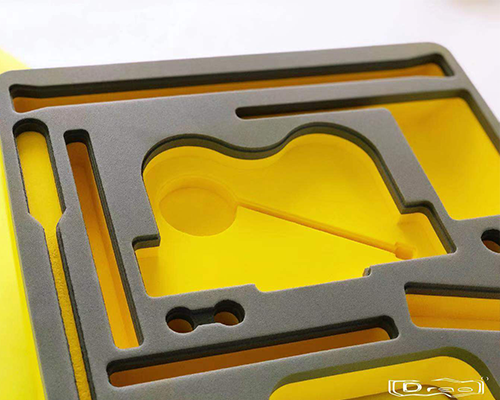13816854992
How to distinguish the performance of EVA waterproof board, ECB waterproof board and PE waterproof board? At present, the polymer coiled materials commonly used in waterproof and anti-seepage engineering mainly include PVC (polyvinyl chloride), ECB (ethylene vinyl acetate and asphalt copolymer), EVA (ethylene vinyl acetate copolymer), LDPE (low-density polyethylene) and HDPE (high-density polyethylene).
Among them, HDPE has high strength but high hardness, which is rarely used in tunnel waterproofing; PVC performance is relatively poor, which is not used in tunnel waterproofing, so they are not required in this standard. EVA type coil, the accurate name should be EVA modified PE coil, mainly modified PE with EVA, the amount of EVA incorporation is generally 20% - 50%, but it is still called EVA coil. After EVA modified PE, the flexibility and elongation of the coil will be greatly improved.

Product thickness specification: the thickness specification specified in gb18173.1 is more than 0.5 mm, and the thickness specification specified in TB 10003 is not less than 1.2 mm, but the waterproof board below 1.5 mm in tunnel waterproof is difficult to ensure the project quality and is rarely used. For tunnel waterproofing in Europe, 3 mm waterproof board is used when there is water pressure, and 2 mm waterproof board is used when there is no water pressure; 3 mm protective board is spot welded on the waterproof board of the inverted arch, and a protective layer of waterproof board is generally set in the reinforced concrete lining to prevent the waterproof board from being damaged during construction, and the material of the protective layer is basically the same as the waterproof board. Pinglin high speed railway tunnel in Taiwan has a total length of 6.5km and a water head of 80m. Due to the environmental factors, the whole package waterproof is adopted. The waterproof design adopts German standards. The waterproof board adopts LDPE with a thickness of 2.5mm, and the geotextile adopts 700g / m2 non-woven polypropylene. A 1.7mm-thick HDPE layer is laid on the waterproof board at the inverted arch to prevent the subsequent construction from damaging the waterproof board. Therefore, from the perspective of ensuring the quality and reliability of waterproof works, the thickness specifications of waterproof boards specified in this standard are 1.5, 2.0, 2.5 and 3.0.
Product width specification: the larger the width of the waterproof board is, the less the welding joints are, which is more conducive to ensuring the quality of the waterproof project. However, when the width is too large, due to the heavy weight of the waterproof board, the construction becomes difficult, so the width specifications of the waterproof board specified in this standard are 2.0, 3.0 and 4.0, which can be selected by the user according to the construction needs.
Product testing items and physical and mechanical performance indexes: when determining the inspection items and physical and mechanical performance indexes of waterproof board, it is mainly based on tb10003 code for design of railway tunnel, and refers to GB 18173.1 polymer waterproof material part I sheet. It is required to have good puncture resistance, durability, water resistance, impermeability, corrosion resistance and bacteria resistance.